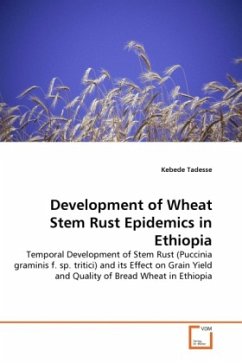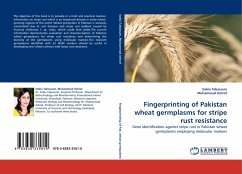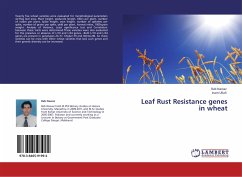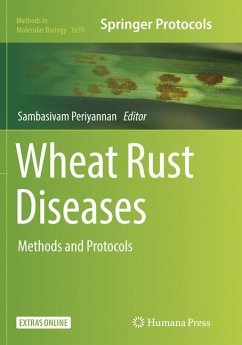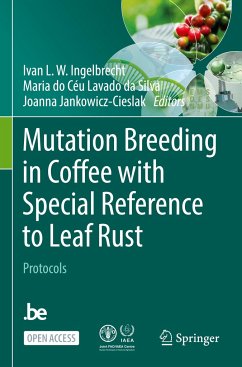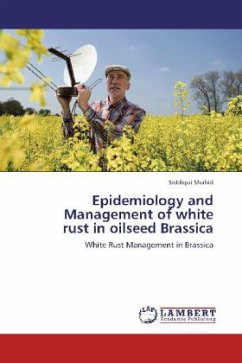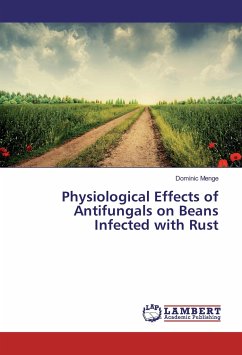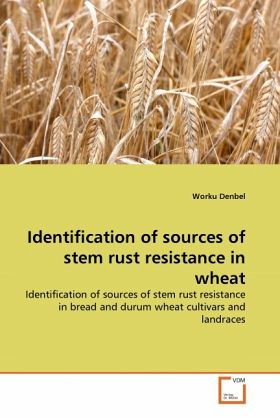
Identification of sources of stem rust resistance in wheat
Identification of sources of stem rust resistance in bread and durum wheat cultivars and landraces
Versandkostenfrei!
Versandfertig in 6-10 Tagen
32,99 €
inkl. MwSt.

PAYBACK Punkte
16 °P sammeln!
Stem rust of wheat is one of the major biotic constraints of wheat production in Ethiopia. The evolution of UG99 has become a global threat and Ethiopia is most vulnerable. The current study was conducted to identify sources of stem rust resistance in wheat. At Debre Zeit, two sets of experiments comprising 23 bread wheat and 14 durum wheat cultivars including check cultivars were exposed to artificial stem rust epidemics. A simple lattice design with two replications was used for experiment. Each block was separated from the other by spreader rows composed of PBW343 and Morocco in a 3:1 ratio...
Stem rust of wheat is one of the major biotic constraints of wheat production in Ethiopia. The evolution of UG99 has become a global threat and Ethiopia is most vulnerable. The current study was conducted to identify sources of stem rust resistance in wheat. At Debre Zeit, two sets of experiments comprising 23 bread wheat and 14 durum wheat cultivars including check cultivars were exposed to artificial stem rust epidemics. A simple lattice design with two replications was used for experiment. Each block was separated from the other by spreader rows composed of PBW343 and Morocco in a 3:1 ratio. Artificial epidemics were created by inoculating the spreader rows with Sr31 virulent stem rust isolate using a syringe three times starting from stem elongation. Seven day old seedlings of wheat were also inoculated with pure PBW343' isolate maintained in the greenhouse for seedling tests. In the seedling stage, most of the durum wheat cultivars and few of the bread wheat cultivars were resistant. Most bread wheat cultivars were susceptible but the durum cultivars had adequate level of resistance. The resistant cultivars and landraces could be exploited in breeding program.



